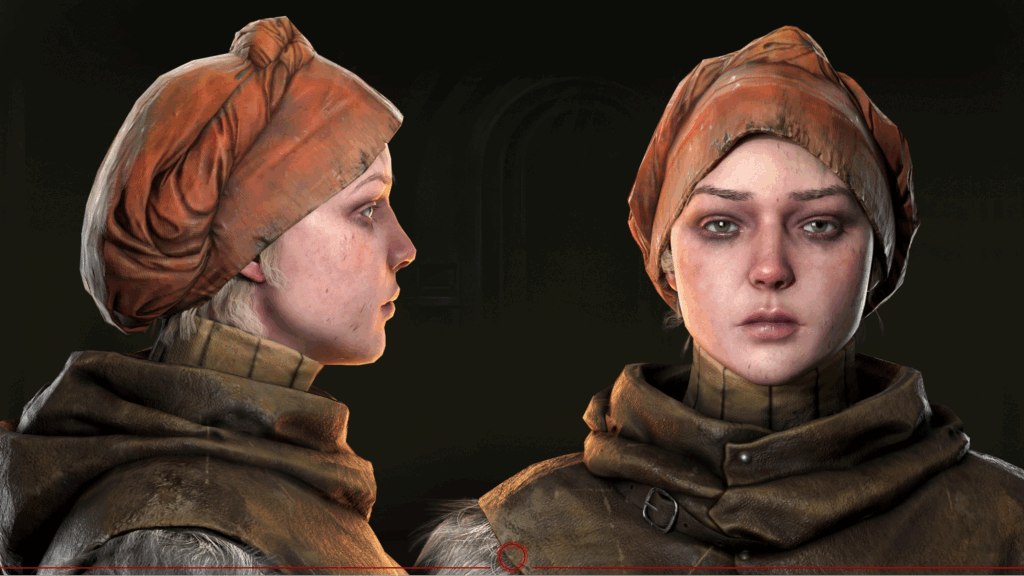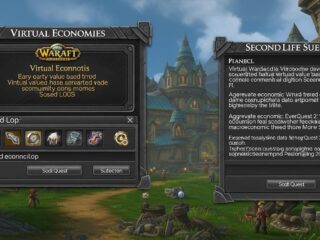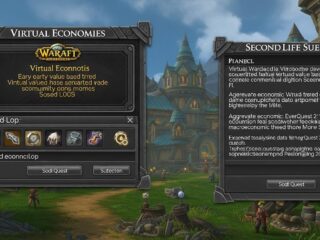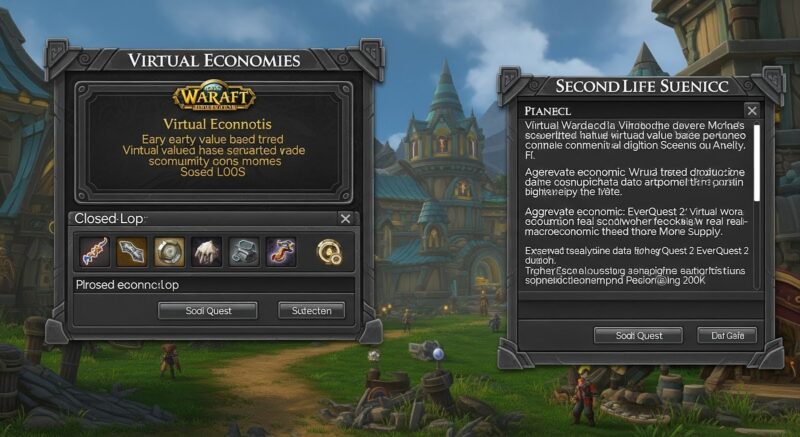
Creating three-dimensional characters for games requires not only artistic talent but also a clear understanding of technical processes. Over the past few years, the industry has evolved significantly — from simple polygonal models to photorealistic characters with detailed animation. Understanding the workflows inside a professional studio helps developers make smarter and more informed decisions when collaborating with contractors.
Structure of the Modern Production Pipeline
Professional 3D character development consists of several stages. Concept art serves as the foundation for the entire process — this is where the character’s visual style, proportions, and defining features take shape.
The next stage involves creating a high-poly model with detailed shaping and surface work.
Retopology transforms a complex model into a game-ready version with an optimized polygon count. This step is crucial for game performance — poor topology can cause animation issues and lower FPS. Unity’s official documentation highlights the importance of proper geometry optimization to achieve high rendering performance.
Texturing and material creation add realism or stylistic expression to the character. Modern PBR materials (Physically Based Rendering) ensure correct interaction with lighting inside game engines.
Technical Specifics of Character Work
Rigging — the creation of a skeletal system for animation — requires a deep understanding of anatomy and principles of movement. A professional rig must provide smooth deformations in any character pose. Special attention is given to bending areas such as elbows, knees, and shoulders.
Modern studios actively use procedural tools to automate routine tasks. Houdini allows the creation of parametric systems for generating character variations, while Substance Designer automates the creation of texture variations.
VSquad’s Experience in Character Creation
In our practice, we have worked on projects of varying complexity — from stylized characters for mobile games to highly detailed heroes for AAA projects. Our work on Wayfinder and Darksiders Genesis highlighted how essential it is to adapt the pipeline to the unique requirements of each project.
The key principle is integration into the client’s existing workflow without the need for a complete restructuring. Our team, led by art director Volodymyr Liubchuk, develops characters with careful consideration of technical limitations of target platforms and the stylistic requirements of the project.
Modern Trends in Character Development
Artificial intelligence is beginning to play an increasingly important role in 3D content creation. Machine learning tools now assist with automating retopology, generating base textures, and producing character variations. A McKinsey report points out that generative AI can boost productivity in creative industries by 15–40%.
Procedural generation is also gaining popularity. Studios use node-based systems to create numerous character variations from basic components. This is especially relevant for games with a large number of NPCs.
Integration with real-time engines allows artists to see the results directly in the game environment. Unreal Engine 5 with its Nanite system opens new possibilities for character detailing without traditional polygon limitations.
Choosing a Reliable Partner
When looking for a 3D character studio, it is important to evaluate not only the portfolio but also the workflow. A professional studio should provide a clear pipeline, regular progress updates, and readiness to adapt to the project’s requirements.
Experience with projects of different scales is critically important — creating a character for a mobile game is drastically different from developing a hero for a console action title. Technical expertise in optimization, experience with different game engines, and awareness of platform-specific limitations ultimately define the quality of the final result.
The modern industry demands flexibility from studios and the ability to quickly integrate into existing workflows. It is crucial to choose a partner who can become an extension of the internal development team, delivering high quality and meeting deadlines without compromise.













